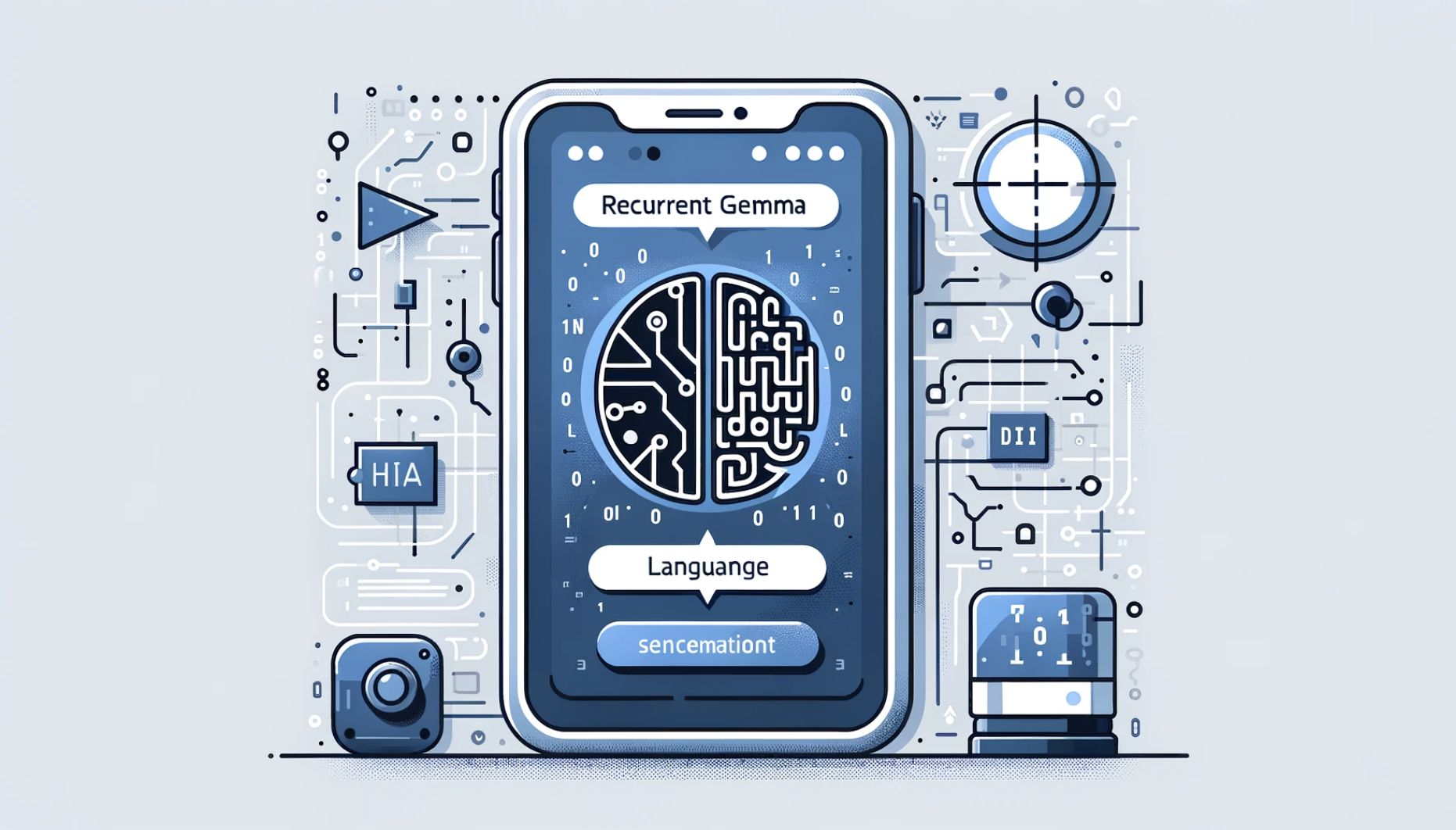In a move set to reshape the landscape of artificial intelligence (AI) on resource-constrained devices, Google unveiled its latest innovation, RecurrentGemma, yesterday. This open language model promises to unlock the potential of advanced AI text processing and generation on devices such as smartphones, IoT systems, and personal computers. As technology giants increasingly push toward smaller language models (SLMs) and edge computing, RecurrentGemma emerges as a pioneering solution, boasting a novel architecture that dramatically reduces memory and processing requirements while maintaining exceptional performance comparable to larger language models (LLMs).
The Challenge of Resource-Intensive Language Models:
Today’s leading language models, including OpenAI’s GPT-4, Anthropic’s Claude, and Google’s Gemini, predominantly rely on the Transformer architecture.
The Transformer architecture’s scalability issue stems from its parallel processing approach, necessitating increased memory and computational resources as input data volumes expand.
Large language models are impractical for deployment on resource-constrained devices, necessitating reliance on remote servers and impeding real-time edge applications.
RecurrentGemma: Efficiency Through Sequential Processing:
RecurrentGemma introduces a paradigm shift by prioritizing efficiency through localized attention and sequential processing. Unlike Transformer-based models, which analyze all information in parallel, RecurrentGemma focuses on smaller segments of input data at a time. This approach minimizes the need for storing and analyzing large intermediate data sets, effectively reducing computational load and accelerating processing without sacrificing performance.
Harnessing Traditional Techniques for Modern Efficiency:
RecurrentGemma draws inspiration from traditional recurrent neural networks (RNNs), leveraging linear recurrences to optimize efficiency.
RNNs, predating Transformers, excel in processing sequential data by maintaining a hidden state that evolves with each new data point, facilitating seamless retention of previous information.
By combining RNN principles with attention mechanisms, RecurrentGemma bridges the efficiency gap left by Transformers, making it a significant leap forward in AI text processing.
RecurrentGemma’s Impact on Hardware and Edge Computing:
The model’s design minimizes the need for continuous reprocessing of large data volumes, potentially reducing reliance on high-powered GPUs traditionally favored for AI tasks.
RecurrentGemma’s reduced hardware demands make it ideal for edge computing applications, where local processing power is typically limited.
This shift toward smaller, faster models like RecurrentGemma could accelerate the development and deployment of AI use cases at the edge, reshaping user interactions with everyday technology.
The Future of AI: Balancing Cloud and Edge Computing:
As Google continues to refine RecurrentGemma and similar technologies, the future of AI appears poised to transcend traditional cloud-centric paradigms. With the power of advanced text processing and generation now accessible on resource-constrained devices, the boundaries between cloud and edge computing blur, ushering in a new era of seamless AI integration into daily life.











